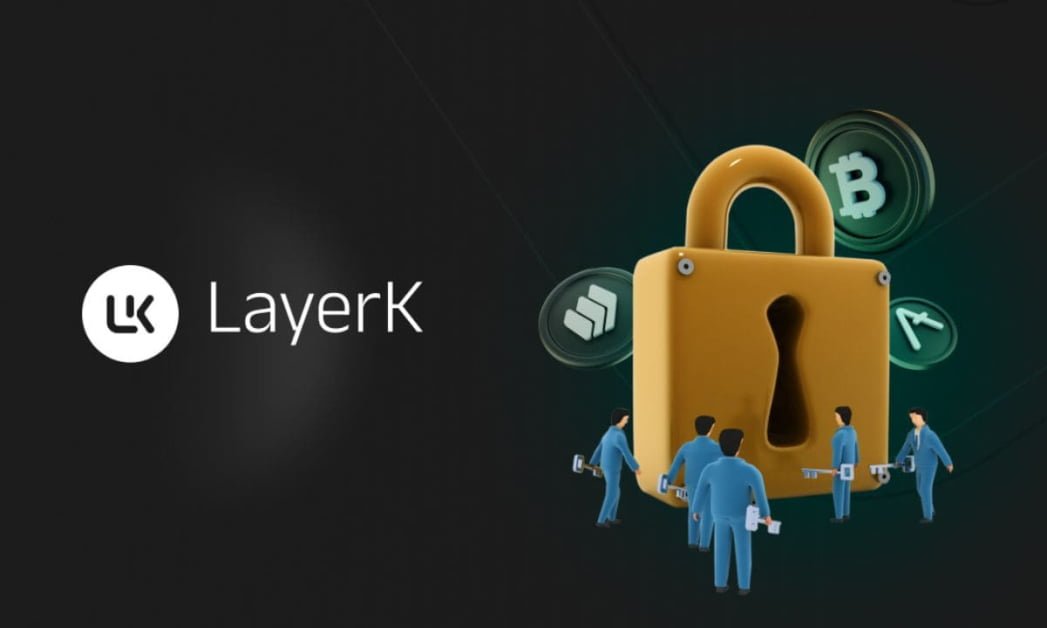Cryptocurrency has surged in popularity, presenting new and innovative investment opportunities. However, many investors find the concept of crypto vesting to be complex and daunting. In our detailed guide, “Decoding the Strategies of Crypto Vesting Through LayerK,” we explore the intricate world of crypto vesting, offering valuable insights and tactics to help investors navigate this process with confidence. Whether you are a seasoned crypto enthusiast or a newcomer to the digital asset space, this guide will serve as your ultimate resource for mastering the art of crypto vesting with the expert guidance of LayerK.
Understanding Crypto Vesting Mechanisms
In the realm of blockchain startups, transactions can occur rapidly, leading to potential disagreements among stakeholders. To address this issue and bring stability to the startup ecosystem, the concept of crypto vesting was introduced. This mechanism, commonly used in ICOs and token sales, involves locking up tokens for a specific period before they can be fully utilized.
Crypto vesting involves restricting access to cryptocurrency tokens for a predetermined period, aiming to promote long-term commitment and discourage premature selling for quick profits. This process is typically enforced through smart contracts on blockchain networks. It includes a waiting period known as the “cliff,” followed by gradual releases of tokens at scheduled intervals. This structured approach ensures that token holders gain access to their assets gradually, aligning their interests with the project’s long-term success.
Different Types of Crypto Vesting Models
- Time-Based Vesting: Tokens are gradually unlocked over a set period.
- Milestone-Based Vesting: Token distribution is tied to achieving specific project milestones.
- Hybrid Vesting: A combination of time-based and milestone-based vesting, balancing long-term commitment with project success milestones.
- Reverse Vesting: Tokens can be forfeited if certain conditions are not met.
Crypto Vesting vs. Traditional Finance
While both crypto vesting and traditional financial vesting aim to align interests with long-term success, they differ in their execution. Crypto vesting leverages blockchain technology and decentralized smart contracts for transparency and automation, while traditional finance relies on centralized systems for managing equity-based compensation plans.
Impact of Token Vesting on the Market
Token vesting plays a crucial role in managing the gradual release of tokens into circulation, impacting market dynamics and liquidity. During the vesting period, tokens are not readily available for trading, leading to a reduced circulating supply. This controlled release of tokens influences market metrics such as market capitalization and liquidity, affecting market sentiment and supply-demand equilibrium.
Benefits and Challenges of Crypto Vesting
Advantages:
- Transparency and Flexibility: Smart contracts ensure transparent and automated enforcement of vesting rules.
- Security: Blockchain technology enhances security by eliminating centralized manipulation.
- Long-Term Project Alignment: Vesting aligns the interests of stakeholders with the project’s sustained success.
Challenges:
- Regulatory Uncertainties: Evolving regulatory landscapes in the cryptocurrency industry may pose legal concerns.
- Smart Contract Vulnerabilities: Flaws in smart contracts can compromise token holdings.
- Liquidity Risks: Unlocked tokens may lead to market swings or sell-offs.
- Lack of Standardization: Inconsistencies in vesting procedures can create confusion among investors.
Shaping the Crypto Market with Vesting Strategies
Crypto vesting plays a pivotal role in shaping the dynamics of the cryptocurrency market. While it offers numerous benefits, stakeholders must navigate regulatory challenges and technological risks to ensure its effectiveness. Addressing legal, technical, and market-related considerations is essential for successfully implementing and navigating the complexities of crypto vesting.
About LayerK
LayerK is a technology company that utilizes cutting-edge hardware and innovative software to empower individuals and businesses in the digital economy. Their advanced solutions leverage computational and blockchain technology to pave the way for a future of individual autonomy.
crypto vesting is a vital component of the cryptocurrency ecosystem, providing a framework for long-term commitment and project sustainability. By understanding the nuances of crypto vesting and its implications on the market, investors can make informed decisions and navigate the evolving landscape of digital assets effectively.


